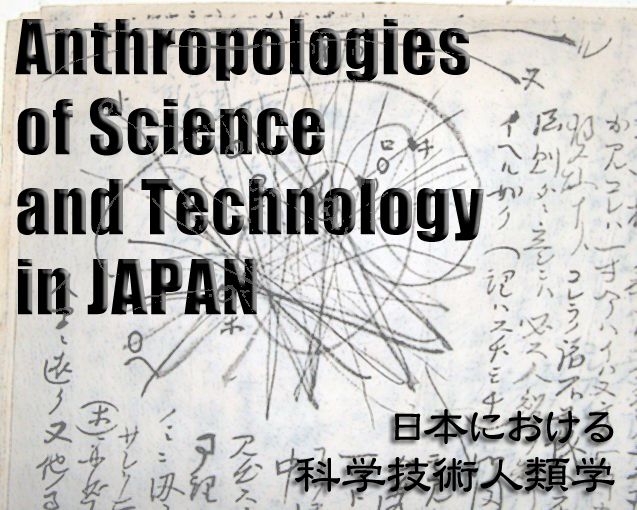
Cite as:
Anthropologists and STS scholars from many areas of the world have worked to bring into strong relief the shifting relations among “the West” and the rest. Scholars in Japan have addressed similar issues, but their work has been inflected by the specific intellectual and institutional conditions that they face, producing scholarship that both draws on and diverges from that originating in the Euro-American mainstream. This essay delineates how anthropology and STS have intermingled and rearticulated formerly distinctive and separate fields, including (sub-)disciplines such as ecological anthropology, primatology, and medical anthropology, as well as topics such as materiality, embodiment, disaster, and infrastructure.
STS Across Borders digital collections are focused through ten shared questions that can be asked across all STS formations so as to enable comparative insight.
...Read more
STS Across Borders is a special exhibit organized by the Society for Social Studies of Science (4S) to showcase how the field of Science and Technology Studies (STS) has developed in different times, places...Read more
Prior to World War II, Japan had traditions in Marxist criticisms of science and technology (and, more generally, industrialization) and Heideggerian philosophies of technology (e.g., Kiyoshi Miki and Jun Tosaka, the “left wing” of the Kyoto School, see e.g., Mizuno 2008, Moore 2013). After being shut down by WWII, they were revitalized in the 1950s and 1960s, influenced by concerns related to rapid economic growth—especially kōgai (公害—literally meaning “public harm,” pollution, or environmental disaster) as its byproducts (e.g., Fujigaki 2009), and cold and hot wars (the nuclear arms race, the Vietnam War, etc.). Environmental sociology (pioneered by Nobuko Iijima) developed against this background, and became one of the important origins of Japan’s STS.
Japan’s anthropologies of science and technology have several roots, including: 1) Tadao Umesao’s studies of civilization and material culture (cf. this and this) in the 1960s, 2) anthropology of (or against) development, initiated by Akira Adachi, “one of the first anthropologists to introduce Latour’s actor-network theory to Japan” (Jensen and Morita 2012: pp. 363-364), and 3) cognitive science (Masato Fukushima, see also Jensen and Morita 2012). 2) and 3) emerged around the beginning of the 21st century, influenced by the success of ANT in STS in the global context.
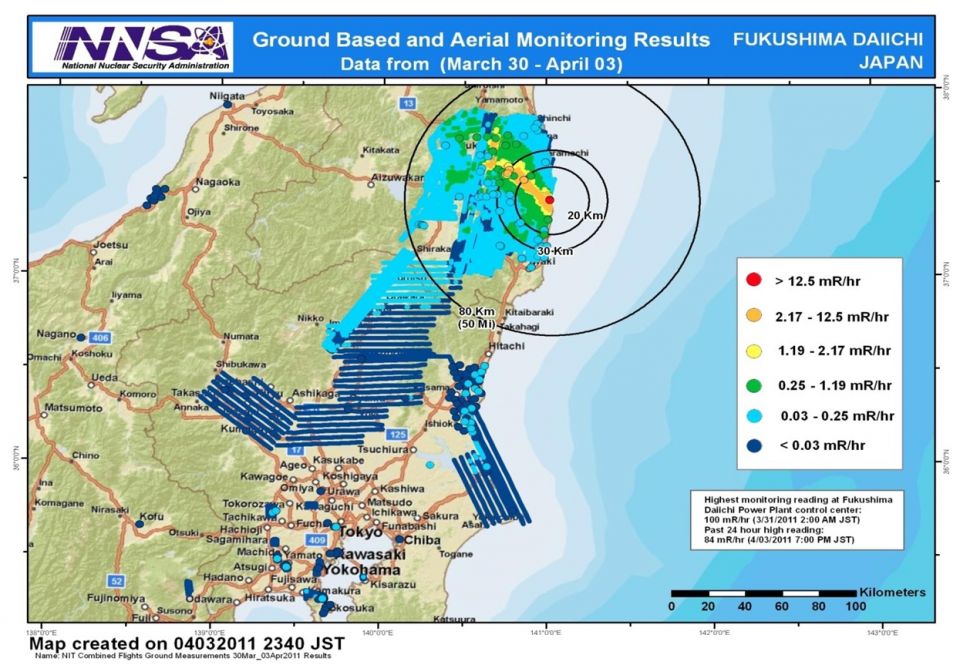
This section introduces some of the major technosocial events that have been instrumental in the formation of the anthropology of science and technology in Japan.
Minamata disease, a neurological impairment caused by mercury poisoning, was first identified in Kumamoto prefecture in the late 1950s. It has been linked to mercury discharged into water from chemical plants in the area and held responsible for thousands of deaths and disabilities. The social and technological complexity of the this event and the increasing grassroots activism around environmental pollution (kōgai) during the 1960s was instrumental in the birth of environmental sociology and indirectly influenced many anthropologists interested in medical and/or environmental issues.
Other social movements that motivated the social studies of science and technology, including anthropology, were the anti-nuclear campaigns during the 1970s and 1980s against nuclear weapons (nationwide) and the construction of nuclear plants (locally); and later the ongoing demonstrations and trials around asbestos exposure and health damage.
Since the 1990s, disaster preparedness and recovery became central themes in the anthropologies of science and technology. Two major earthquakes, the Great Hanshin-Awaji Earthquake (1995) and the The Great East Japan Earthquake and tsunami (2011) have influenced a series of empirical and theoretical studies across disciplines with an increasingly active involvement of anthropologists in these collaborative studies.
The rapid aging of Japanese society, especially since entering the 21st century, has been thematized by various kinds of research ranging from the anthropological interest in the transforming science of gerontology to the technological challenges of elderly care, including pharmaceutical and robotic innovations.
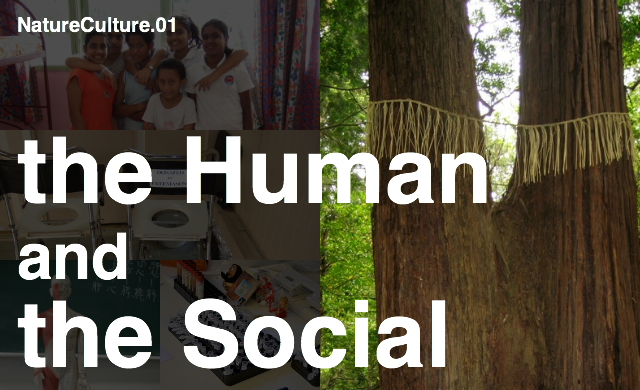
Initiated by Naoki Kasuga (see also Kasuga and Jensen 2012), Hitotsubashi University, NatureCulture is an international open-access journal which explores how "nature" and "culture" are constructed.
The journal is intended to be a medium that on the one hand brings young Japanese researchers into closer contact with related debates elsewhere, and on the other hand exhibits novel and challenging results of Japanese anthropology and science studies to a non-Japanese audience.
With a membership of approximately 2,000 scholars and students, the Japanese Society of Cultural Anthropology (JASCA; Nihon Bunkajinrui Gakkai) is one of the largest anthropological organizations in the world. JASCA's main purpose is to promote research on human cultures in cultural anthropology, social anthropology, and ethnology. It publishes a quarterly journal, Bunkajinruigaku (Japanese Journal of Cultural Anthropology) (in Japanese) and a biannual journal, Japanese Review of Cultural Anthropology (in English).
The Ethnographies of Technoscience Group (ETG) is an ongoing project started by Atsuro Morita and Gergely Mohacsi, with initial support from the Japan Society for the Promotion of Science (JSPS) in 2011. It fosters various forms of research collaboration at the intersection of anthropology and science studies including a workshop, international symposiums, special issues in academic journals and conference panels.
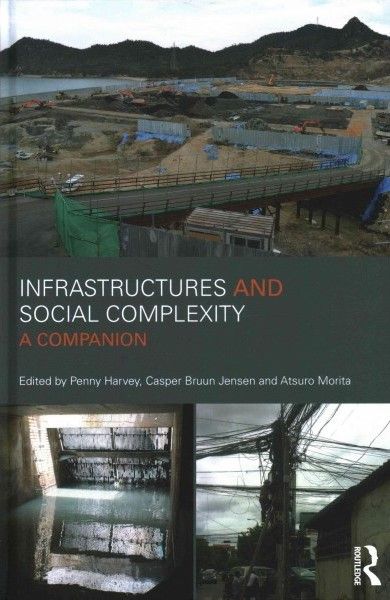
One of the outcomes of the project led by Atsuro Morita: Environmental Infrastructures
These publicly funded projects below played significant roles in the development of this formation.
- Reconstructing the 'Social': Anthropological Research on Diversities and Possibilities (2009-2012, Principal Investigator (PI): Naoki Kasuga)
“By radically rethinking ‘the social’, our project explored the way the social can be symmetrically discussed with the natural.”
-Environmental Infrastructures: Comparative Ethnographic Study on Nature, Technology and Environmental Change (2012-2016, PI: Atsuro Morita)
“The project aims at exploring complex interfaces between infrastructure and environment in proliferating international attempts to achieve sustainable management of global environmental changes.”
-A Comparative Study of “Indigenous Knowledge” and “Modern Science” (2013-2018, PI: Keiichi Omura)
This project explores "an approach that temporarily brackets the conceptual opposition between the two [the Indigenous Knowledge and the modern science], and investigates the concrete processes that emerge within regional social, economic, and political mechanics."

-The meeting of the Society for the Social Studies of Science (4S), August 25th to 29th, 2010, in Tokyo, Japan (program, participant index)
- International symposium (co-organized by Hitotsubashi Anthropology Seminar), “The Human and the Social” held in Tokyo, Japan December 7th, 2010.
- The Society for Cultural Anthropology sponsored panel entitled "Worlding with the Body," at the annual American Anthropological Association meeting, held in Chicago, November 2013 (featured in AnthroPod).
-International conference "The World Multiple," held at National Museum of Ethnology, Osaka, Japan, December 10 –11th, 2016.
-International symposium “Vital Experiments: Living (and Dying) with Pharmaceuticals after the Human,” held at the University of Kyoto, Japan from February 24th to 25th, 2018.
Bunkajinruigaku has published several special issues on anthropologies of science and technology since the late 2000s . A search of the J-stage archives for “科学技術(...Read more
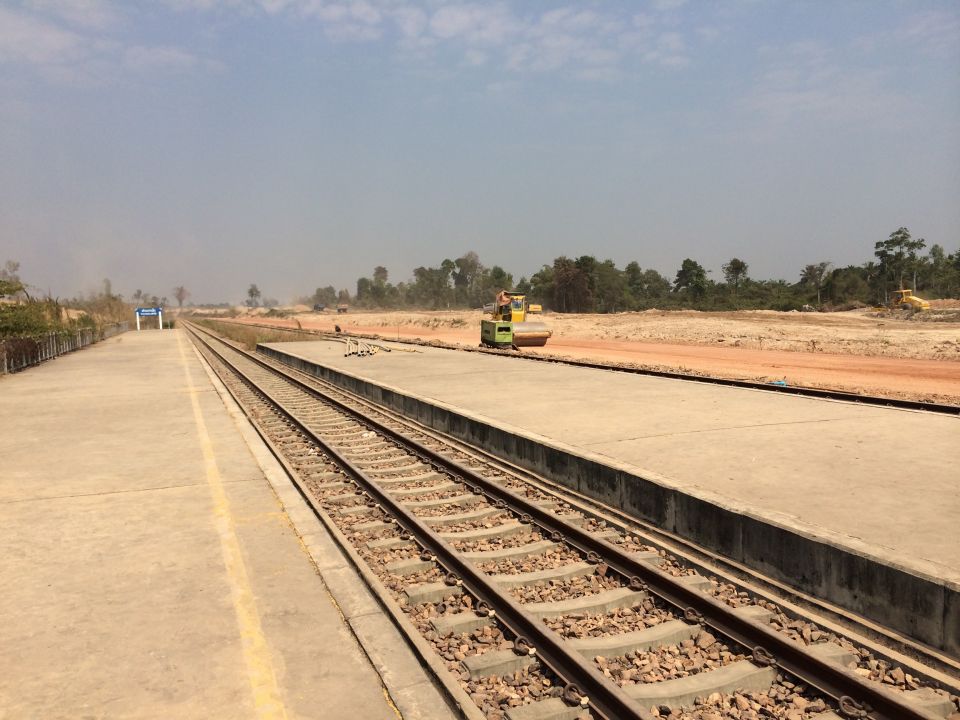
This essay introduces some of the key topics and frameworks in the anthropological studies of science and technology in Japan. While the topics here are strongly related to the infrastructures, events and external conditions discussed in the main essay, this is a non-representative and open-ended list meant to be extended in the future.